Tigers, belonging to the Panthera genus of big cats, stand out for their affinity with water. This behavior is a product of their evolutionary background. Originating from regions that feature dense forests and river systems, tigers have naturally adapted to environments where water plays a crucial role in survival strategies and habitat navigation.
Geographic Distribution and Habitat
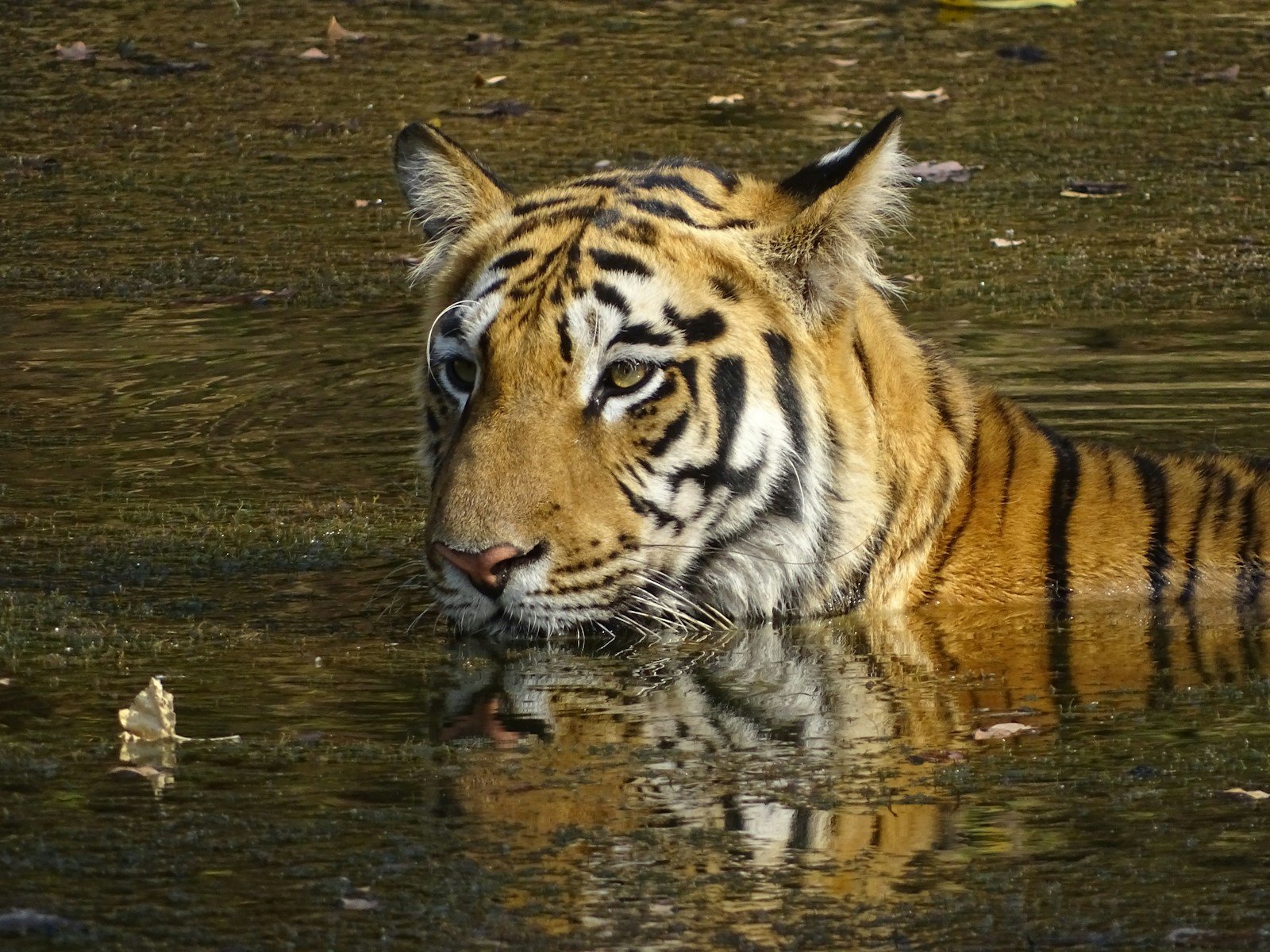
Tigers are primarily found in parts of Asia, spanning countries like India, China, and parts of Southeast Asia. These regions are characterized by tropical rainforests, mangroves, and swamps, where water is abundant. Such a habitat has cemented their relationship with aquatic environments, unlike other big cats found in arid or semi-arid habitats.
Physical Adaptations to Water
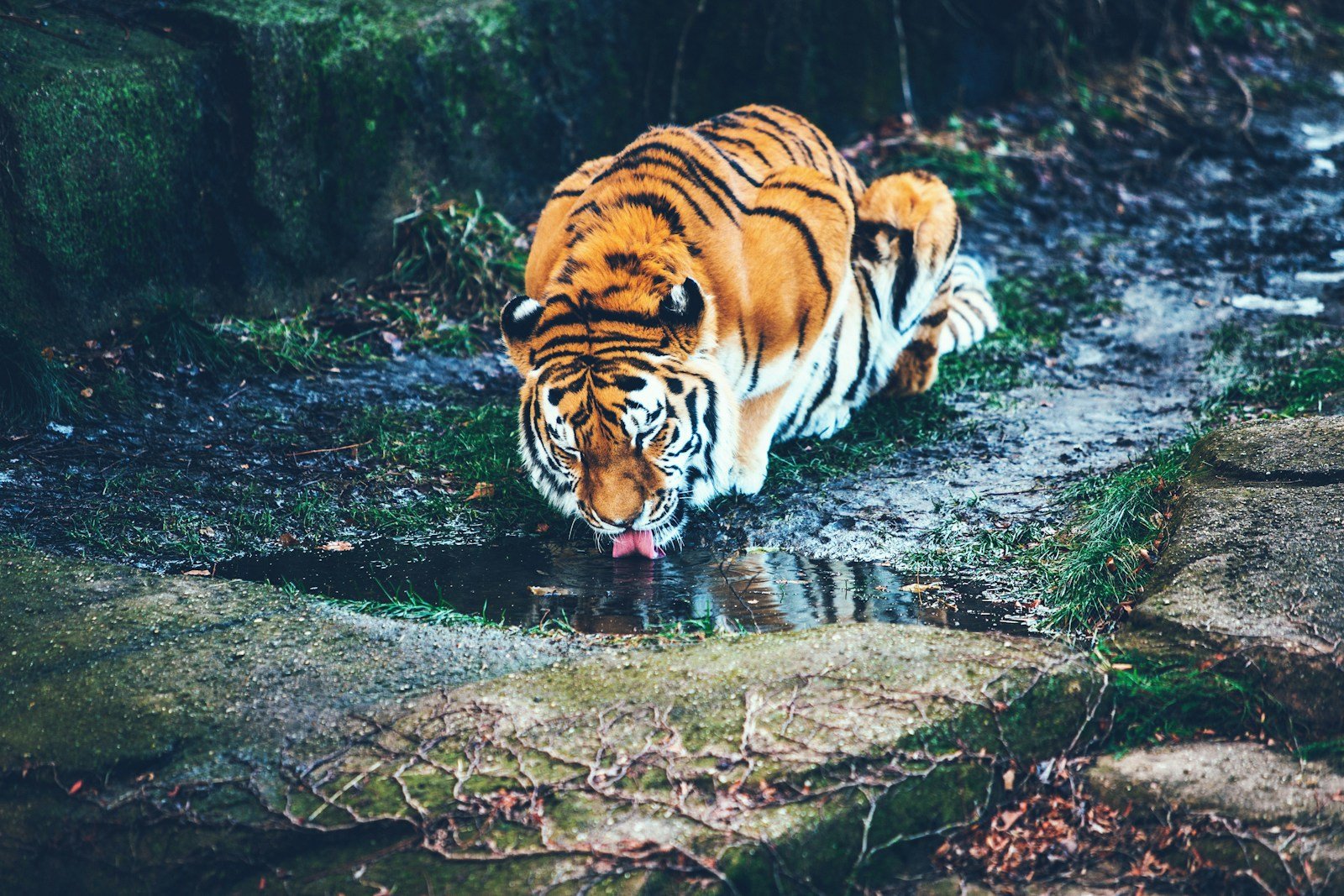
Tigers possess a muscular build and a dense coat that offers insulation, aiding them in water activities. Their webbed feet augment their swimming capabilities, allowing them to navigate through water with ease. Notably, tigers are capable of swimming several kilometers at a stretch, which is quite uncommon among terrestrial mammals.
Hunting Strategies
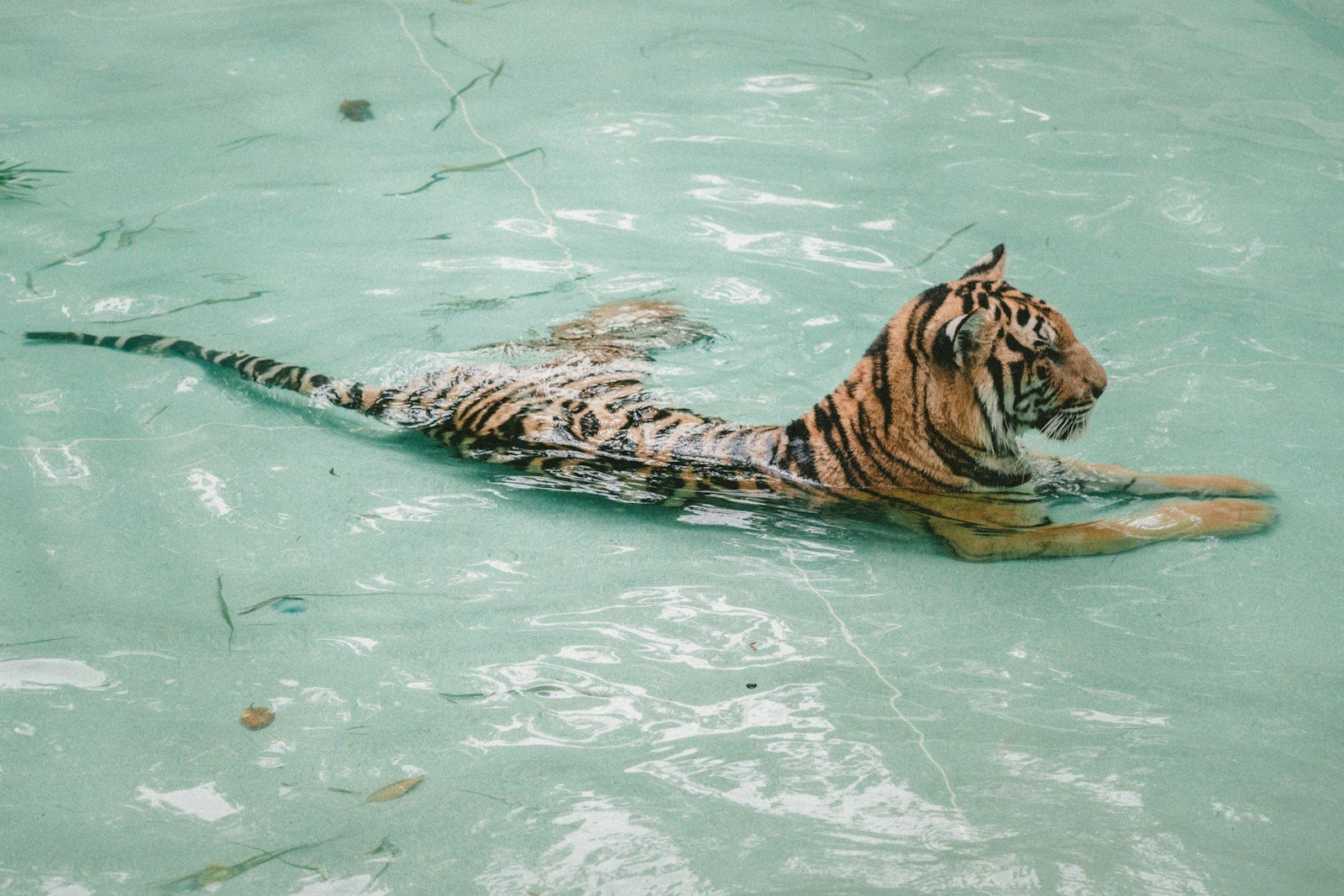
One of the primary reasons tigers embrace water is for hunting expeditions. In their natural habitats, prey often congregates around water bodies. Tigers utilize water as a strategic tool, silently swimming to ambush unsuspecting prey. This gives them a unique advantage over their prey and even over other terrestrial predators.
Thermoregulation and Cooling Off

The regions tigers inhabit often experience high temperatures and humidity. Consequently, water bodies serve as natural cooling agents. By submerging themselves in water, tigers can regulate their body temperature and stay cool during the hot and humid days, further cementing their bond with water.
Behavioral Traits and Play
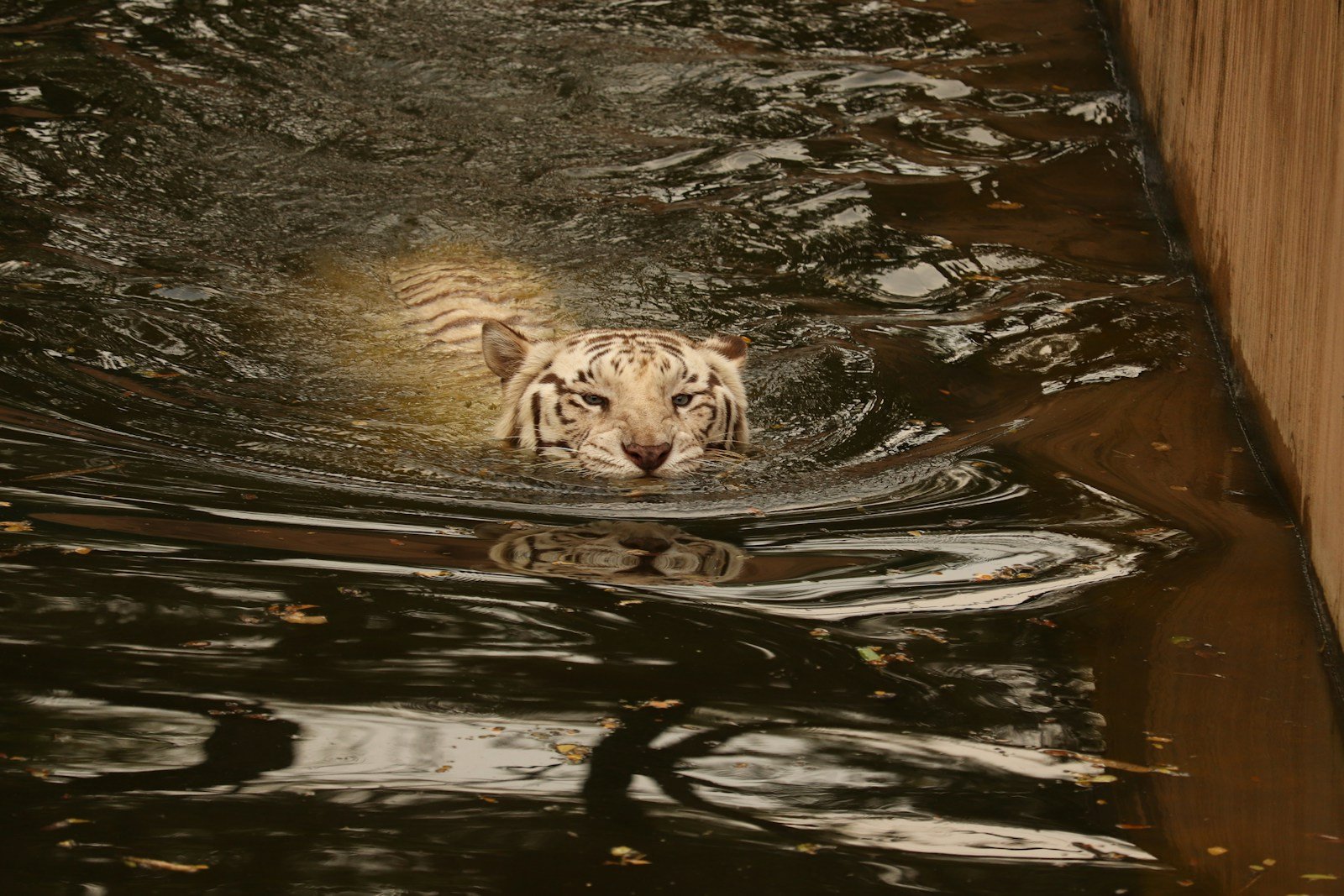
Beyond pragmatic reasons, tigers also exhibit a playful nature when it comes to water. Observations have shown that these majestic cats often engage in playful activities within water bodies, such as splashing and play-fighting. Such behavior underscores their comfort and enjoyment of aquatic environments.
Comparative Analysis with Other Big Cats
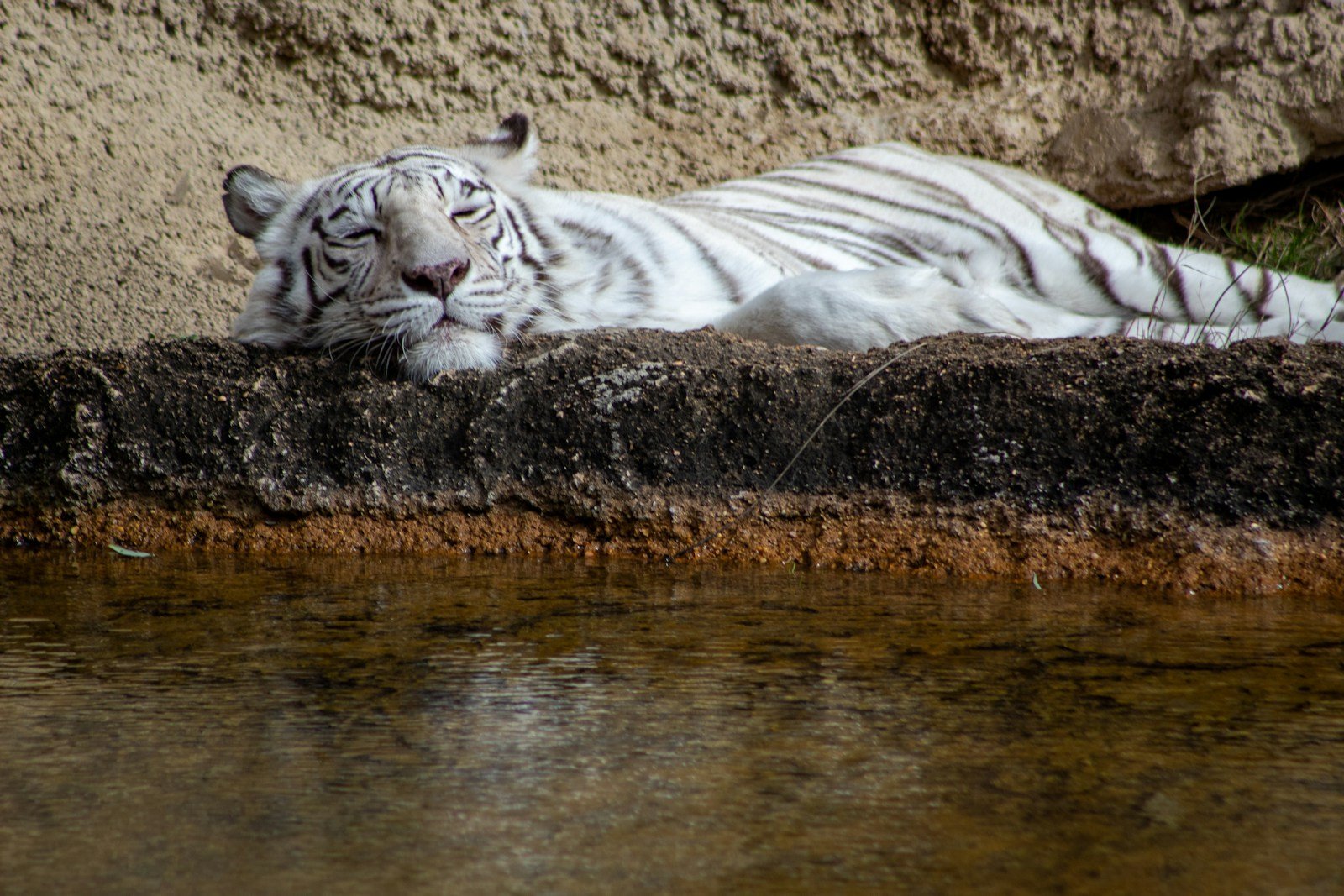
Contrast this with other big cats like lions, leopards, or cheetahs, which are typically found in open savannahs or mountainous regions. These environments do not necessitate an interaction with water for survival, thus explaining their general aversion or indifference to it.
Cultural Representations and Myths

Tigers’ association with water has permeated various cultures. In several Asian cultures, tigers are depicted as powerful guardians of water and nature. This cultural lens provides further evidence of the perceived relationship between tigers and aquatic realms, rooted in centuries of observation.
Conservation Implications
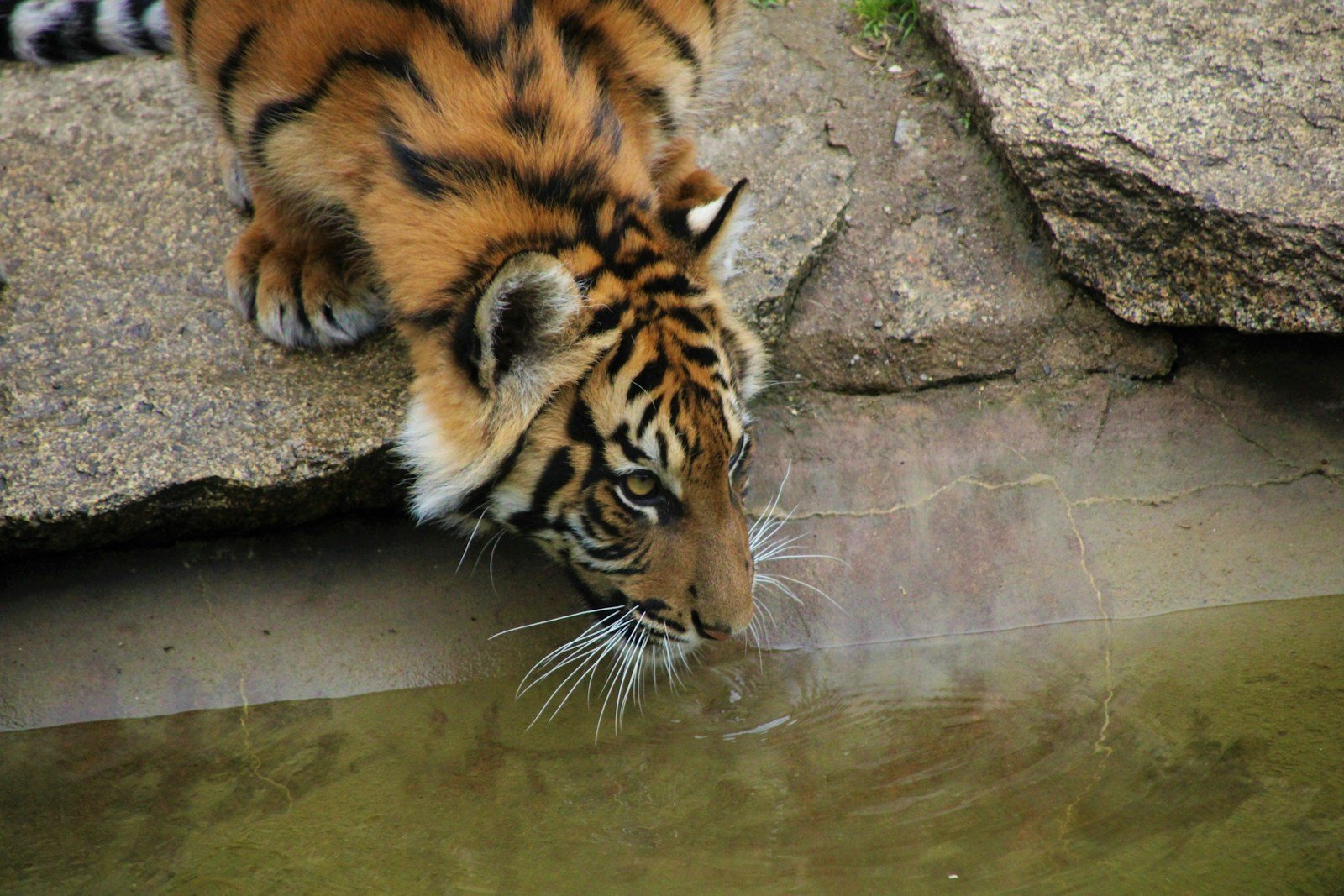
Understanding why tigers gravitate toward water is critical in conservation efforts. Protecting habitats that include sufficient water bodies can ensure that these big cats have the necessary resources to thrive. Conservationists emphasize maintaining river corridors and wetland ecosystems to support tiger populations.
The Role of Zoological Studies
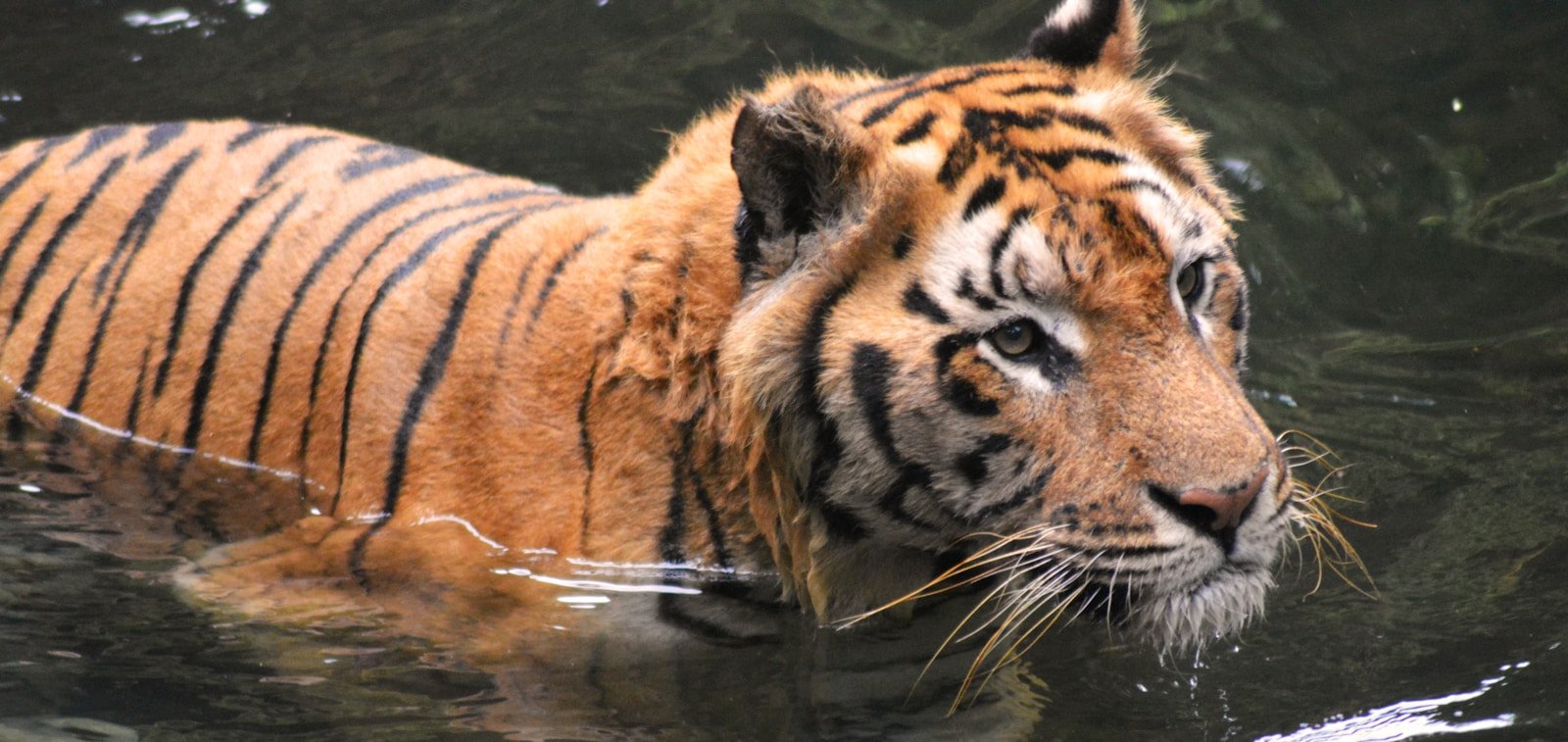
Extensive zoological studies have further underscored the importance of water in a tiger’s life. Research and documentation by wildlife biologists help continuously uncover the intricacies of tiger behavior and how water remains an integral component of their daily existence.
Conclusion
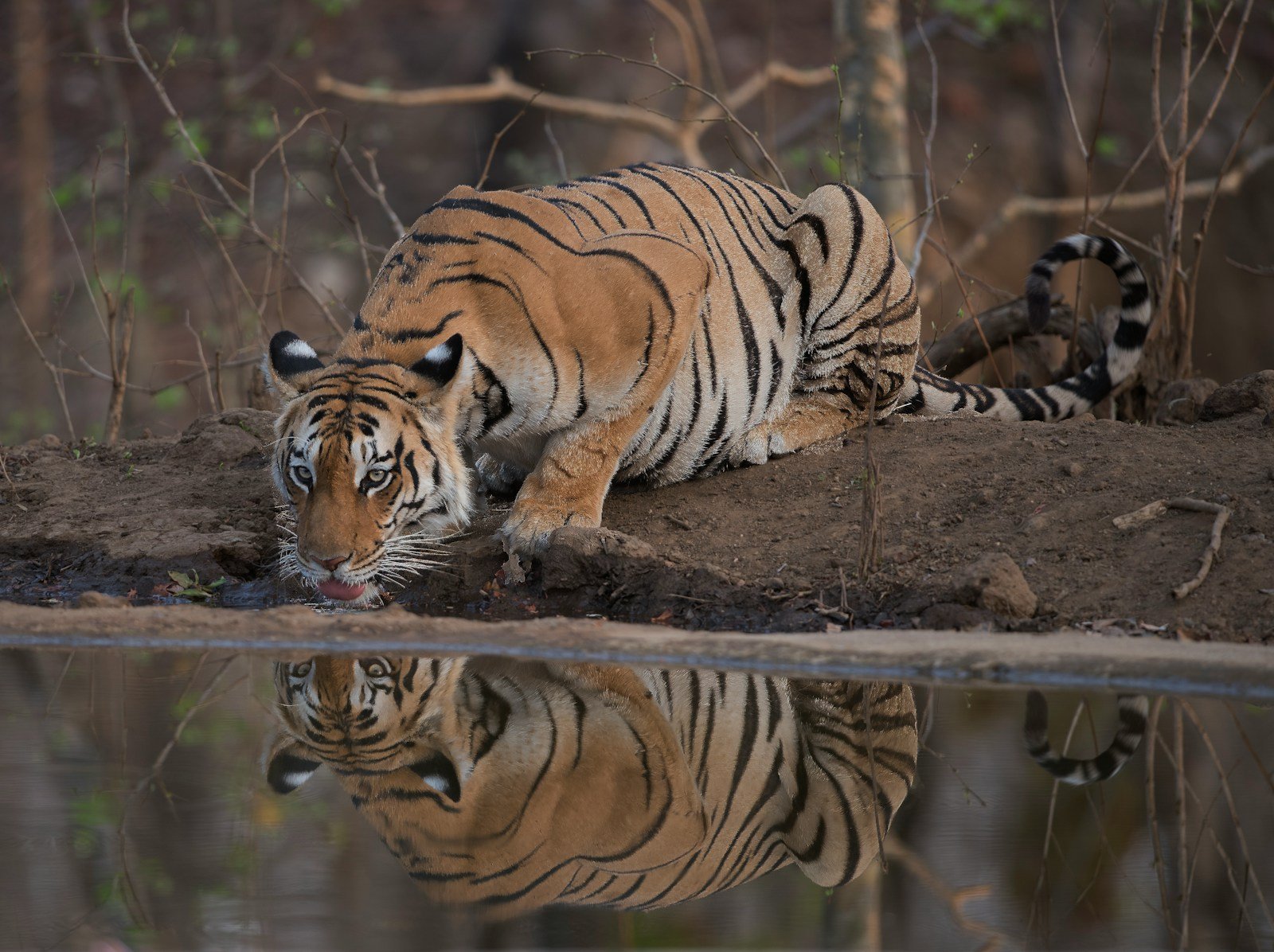
The unique relationship between tigers and water is a tapestry of evolutionary adaptation, geographical necessity, and behavioral traits. By delving into their love for water, we not only learn about their survival tactics but also enrich our understanding of these majestic creatures. As we continue to protect and study these magnificent cats, our appreciation of their natural instincts and behaviors will only deepen.
Hi, I’m Bola, a passionate writer and creative strategist with a knack for crafting compelling content that educates, inspires, and connects. Over the years, I’ve honed my skills across various writing fields, including content creation, copywriting, online course development, and video scriptwriting.
When I’m not at my desk, you’ll find me exploring new ideas, reading books, or brainstorming creative ways to solve challenges. I believe that words have the power to transform, and I’m here to help you leverage that power for success.
Thanks for stopping by, Keep coming to this website to checkout new articles form me. You’d always love it!






